
-
Find the right food for your petTake this quiz to see which food may be the best for your furry friend.Find the right food for your petTake this quiz to see which food may be the best for your furry friend.Health CategoryFeatured products
 Adult Light Large Breed Chicken Meal & Barley Recipe Dog Food
Adult Light Large Breed Chicken Meal & Barley Recipe Dog FoodFewer calories for less active large breed dogs
Shop Now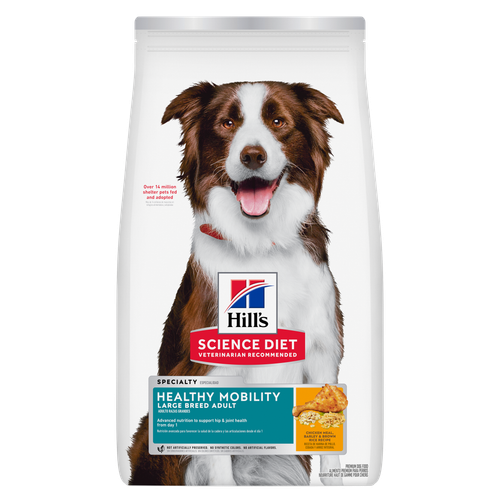 Hill's Science Diet Adult Healthy Mobility Large Breed Chicken Meal, Barley & Brown Rice Recipe Dog Food
Hill's Science Diet Adult Healthy Mobility Large Breed Chicken Meal, Barley & Brown Rice Recipe Dog FoodAdvanced nutrition shown to support joint health and improve mobility
Shop Now Adult Large Breed Chicken & Barley Recipe Dog Food
Adult Large Breed Chicken & Barley Recipe Dog FoodSupports healthy joints, lean muscle, and beautiful coat for large breed dogs
Shop NowFeatured products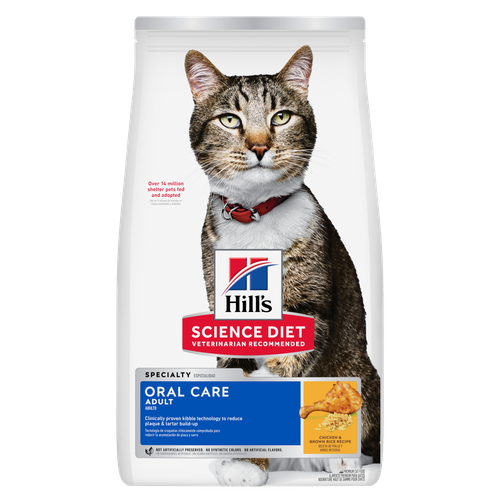 Adult Oral Care Chicken & Brown Rice Recipe Cat Food
Adult Oral Care Chicken & Brown Rice Recipe Cat FoodClinically proven kibble technology to reduce plaque & tartar build-up
Shop Now Adult Sensitive Stomach & Skin Pouch Variety 12 Pack Cat Food, Chicken & Beef, Salmon & Tuna
Adult Sensitive Stomach & Skin Pouch Variety 12 Pack Cat Food, Chicken & Beef, Salmon & TunaCarefully made, gourmet daily nutrition. Tasty chunks with Salmon & Tuna in a decadent gravy. Supports digestive health, nourishes skin and promotes a lustrous fur.
Shop Now Adult Perfect Digestion Chicken, Barley & Whole Oats Recipe Cat Food
Adult Perfect Digestion Chicken, Barley & Whole Oats Recipe Cat FoodHill's Science Diet's breakthrough nutrition supports ultimate digestive well-being & healthy microbiome
Shop Now -
DogCat
- Cat Tips & Articles
-
Health Category
- Weight
- Skin & Food Sensitivities
- Urinary
- Digestive
- Kidney
- Dental
- Serious Illness
-
Life Stage
- Kitten Nutrition
- Adult Nutrition
Featured articles Adopting a Pet: What You Need to Know
Adopting a Pet: What You Need to KnowLearn the basics of adopting a pet, including where to begin and common questions you should ask yourself when deciding which kind of pet is best for you.
Read More Fun Ideas for Kids and Pets This Summer
Fun Ideas for Kids and Pets This SummerOutdoor summer activities with your dog or cat can be fun for kids, too. Learn how they also teach kids responsibility & creates a bond with their pet.
Read More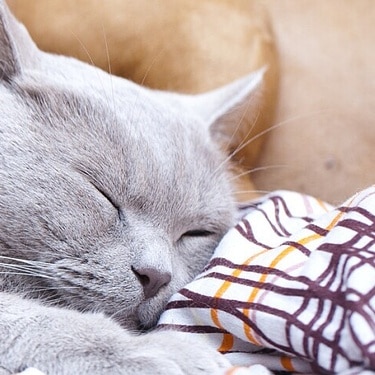 Cat vs. Dog: Which Is the Best Pet for Me?
Cat vs. Dog: Which Is the Best Pet for Me?Learn about important differences between dogs and cats, such as cost & space considerations. These factors can help you decide which pet is best for you.
Read More -


If you have a dog or cat, you know the struggle of dealing with unwanted pet hair in unlikely places. Both dog hair removal and cat hair removal can seem like a never-ending battle. Here are some simple tips and tricks to help you conquer the fur around the house.
Carpets and Upholstery
 Use a rubber glove, like the kind you wear to wash dishes, for dog hair removal. Simply dampen it and rub your glove-clad palm over the surface of your furniture to wipe up the hair. This trick works just as well for cat hair removal, too. If you don't have a rubber glove, Apartment Therapy suggests lightly rubbing a damp sponge over your upholstery instead. This can also be used to remove excess hair from your pet's body. Using the rubber glove (or those specifically manufactured for pet hair removal) over your dog or cat's body and watch as the hair statically clings to the glove instead of your pet.
Use a rubber glove, like the kind you wear to wash dishes, for dog hair removal. Simply dampen it and rub your glove-clad palm over the surface of your furniture to wipe up the hair. This trick works just as well for cat hair removal, too. If you don't have a rubber glove, Apartment Therapy suggests lightly rubbing a damp sponge over your upholstery instead. This can also be used to remove excess hair from your pet's body. Using the rubber glove (or those specifically manufactured for pet hair removal) over your dog or cat's body and watch as the hair statically clings to the glove instead of your pet.
On carpets, try a broom with rubber bristles to loosen pet hair from carpet fibers and scrape them into a manageable pile. If you don't have this type of broom, a window squeegee can accomplish the same thing, says Bob Vila.
Tackle tough areas like your kitty's favorite lounging spots by going over them multiple times in different directions with a vacuum to help loosen deeply embedded cat hair. If you can invest in a high-end vacuum cleaner, look for one specially designed for homes with pets. These cleaners often include powerful attachments made specifically for cleaning pet hair out of carpets.
Hard Surfaces
Spray a soft cloth with furniture polish or dusting spray before using it to wipe down furniture. The spray will not only help attract stray hair, but will also help reduce the static that attracts pet hair in the first place.
Another way to reduce static and prevent pet hair from sticking is to wipe down baseboards and other hard surfaces with dryer sheets. This can also work on upholstery. Just be sure to test a small area first since dryer sheets can leave behind a shiny film. For sweeping, use a microfiber mop, which tends to carry a static charge and is better at attracting and holding onto hair than a standard mop.
Robot vacuums have also become popular over the past couple of years. These can work on both hard and carpet surfaces. They tend to be more expensive than most traditional vacuums, and will only suffice for small amounts of shedding. However, they can be programmed to run on their own, cutting down on your time spent sweeping yourself.


Tasty Tips
Young pets may need several visits in their first year for vaccinations. Adult pets generally benefit from annual check-ups, while senior or special-needs pets might require more frequent visits.
Clothes and Bedding
For quick fixes, you can go over clothes or bedding with a sticky lint roller. If you're environmentally conscious, look for the kind that you can rinse and reuse. A velvet lint brush also works well and tends to handle upholstery better than the typical roller. You can also use the sticky side of masking or packing tape in a pinch to grab unwanted hairs.
If you have time, or if you're dealing with a lot of hair, it might be easier to simply place your clothes in the dryer for 10 minutes. Toss in a dryer sheet or a set of reusable dryer balls to reduce static electricity and help loosen hair from the fabric. Pet hair will go to the lint trap and your fabric will come out hair-free.

Shedding & Your Pets
Regularly brush and groom your pets to capture shedding hair before it can become a problem in the first place. For dogs with thick undercoats, look for a brush or comb specifically made for grabbing this fur before it has a chance to work itself free from your dog's coat. Your cat might appreciate a grooming comb with deep tines that give her a back scratch while you brush. As a bonus, there will be fewer hairballs!
If your pet hates brushing, try a grooming glove that's specially made for grabbing loose hair. Wear it when you pet your dog or cat and they'll be none the wiser. You can even try using the brush attachment on your vacuum hose to brush the coat of your large or medium-size dog if he will tolerate it. You can gently use a small, hand-held vacuum on smaller dogs and cats — just don't apply the hose directly to your pet. It's also not a good idea to try this if the vacuum makes your pet scared or anxious. Be sure to reward your good boy or girl with a healthy pet treat and a cuddle when you're done.
Airborne Dog & Cat Hair Removal
Visible pet hair on clothes and surfaces isn't the only problem with shedding pets. Pet hair and dander also float in the air, which can exacerbate allergies and breathing problems. An air purifier can help clean the air of pet hair and dander, which in turn means there will be less of it settling on your floors and furniture. Look for one that takes a filter specifically made for pet dander, hair and other pet-related allergens. It's also a good idea to change your air filter on your HVAC unit regularly to help capture the unwanted pet debris.
A shedding dog or cat is usually normal, but check with your veterinarian if your pet suddenly starts shedding more than normal or develops bare patches. Excess shedding could be a sign of stress or another health problem.
As annoying and unsightly as pet hair can be, it's a small price to pay for the love and joy pets bring.


One of our staff authors prepared this article for you
Related products

Supports healthy joints, lean muscle, and beautiful coat for large breed dogs

Fewer calories for less active dogs

Fewer calories for less active large breed dogs

Advanced nutrition shown to support joint health and improve mobility
Related articles

Learn about important differences between dogs and cats, such as cost & space considerations. These factors can help you decide which pet is best for you.
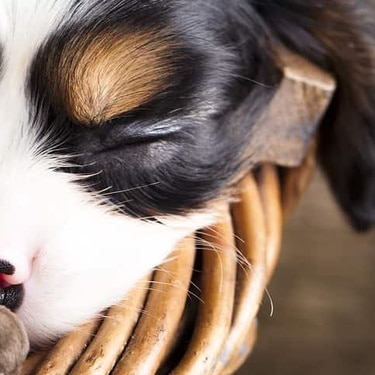
Open admission animal shelters help end animal abandonment, homelessness, and unnecessary euthanasia. Learn more about the shelters and how you can help.

Learn the basics of adopting a pet, including where to begin and common questions you should ask yourself when deciding which kind of pet is best for you.

Outdoor summer activities with your dog or cat can be fun for kids, too. Learn how they also teach kids responsibility & creates a bond with their pet.
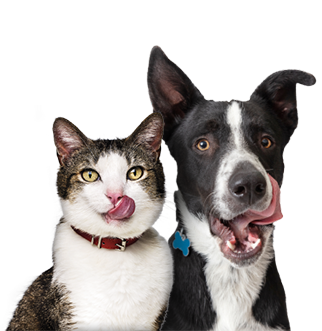
Put your pet on a diet without them knowing
Our low calorie formula helps you control your pet's weight. It's packed with high-quality protein for building lean muscles, and made with purposeful ingredients for a flavourful, nutritious meal. Clinically proven antioxidants, Vitamin C+E, help promote a healthy immune system.
Put your pet on a diet without them knowing
Our low calorie formula helps you control your pet's weight. It's packed with high-quality protein for building lean muscles, and made with purposeful ingredients for a flavourful, nutritious meal. Clinically proven antioxidants, Vitamin C+E, help promote a healthy immune system.

